Geneva Conventions: protecting prisoners of war for 75 years

The Geneva Conventions have existed for 75 years. They protect victims of war. When they were adopted in 1949, they included earlier provisions of international humanitarian law but went further. The protection of prisoners of war, and of civilians, were emphasised.
“The ICRC has the right and the duty to innovate whenever the principles of humanity so require”. This quote from Renée-Marguerite Frick-Cramer is inscribed on a wall at the headquarters of the International Committee of the Red Cross (ICRC) in Geneva. Frick-Cramer was the first woman to be an ICRC delegate and the first woman appointed to the ICRC’s executive board in 1918. She made a significant contribution to the development of the Geneva Conventions of 1949.

More
Geneva Conventions turn 75: are they still effective?
2024 marks the 75th anniversary of the Geneva Conventions, which form the core of international humanitarian law. These four conventions protect people who are victims of war.
“Since ancient times and all over the world, there have been agreements in wars to protect vulnerable people such as children, women and old men,” says Daniel Palmieri, a historian at the ICRC, in an interview with SWI swissinfo.ch. But unlike those often temporary agreements, international humanitarian law is permanent and universal.
While the first two Geneva Conventions of 1949 protect wounded and sick soldiers in land and naval warfare, the third Convention includes provisions on the treatment of prisoners of war. And the fourth Convention protects “civilians in time of war”, especially in occupied territories. The protection of civilians in international humanitarian law was new. The fourth Convention also prohibits attacks on medical facilities.
Ninety-five years of protecting prisoners of war
International rules for the protection of prisoners of war were laid down 95 years ago in a 1929 convention. Frick-Cramer was one of the main authors of this convention, the provisions of which were adopted in the 3rd Geneva Convention of 1949.
During the First World War, Frick-Cramer had gained experience setting up the International Prisoner of War Administration (IPWA), of which she was a founding member. The ICRC set this up shortly after the outbreak of war in 1914. The aim was to locate prisoners of war and re-establish communication with their families.
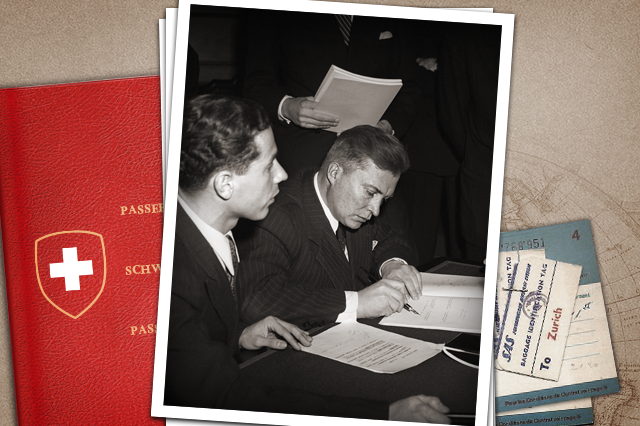
More
The long road to the Geneva Conventions of 1949
The IPWA received up to 30,000 letters a day from relatives of soldiers looking for their loved ones. In addition, the belligerent countries sent it an updated list of prisoners of war in their camps every week.
A certain Captain Charles de Gaulle is registered in the IPWA archives, which are now housed in the International Museum of the Red Cross and Red Crescent in Geneva. The future French president was captured by the Germans at the Battle of Verdun in 1916. However, the original of his prisoner-of-war card, which was on display in the museum, was lost after being loaned out for an exhibition.
The French singer Maurice Chevalier was also a prisoner of war. The archive has several letters from his friends and family enquiring about his whereabouts.
During the First World War, up to 3,000 employees compiled index cards that recorded the fate of two-and-a-half million prisoners of war. Even today, when war breaks out between states, the ICRC activates its International Tracing Centre. It is in operation tracing soldiers missing or take prisoner in the war between Russia and Ukraine.
ICRC takes the initiative
“It is interesting to note that it was not states but private individuals who developed international humanitarian law, namely the ICRC,” says Palmieri. The ICRC took the initiative for the 1949 conventions and drew up draft texts with military experts.
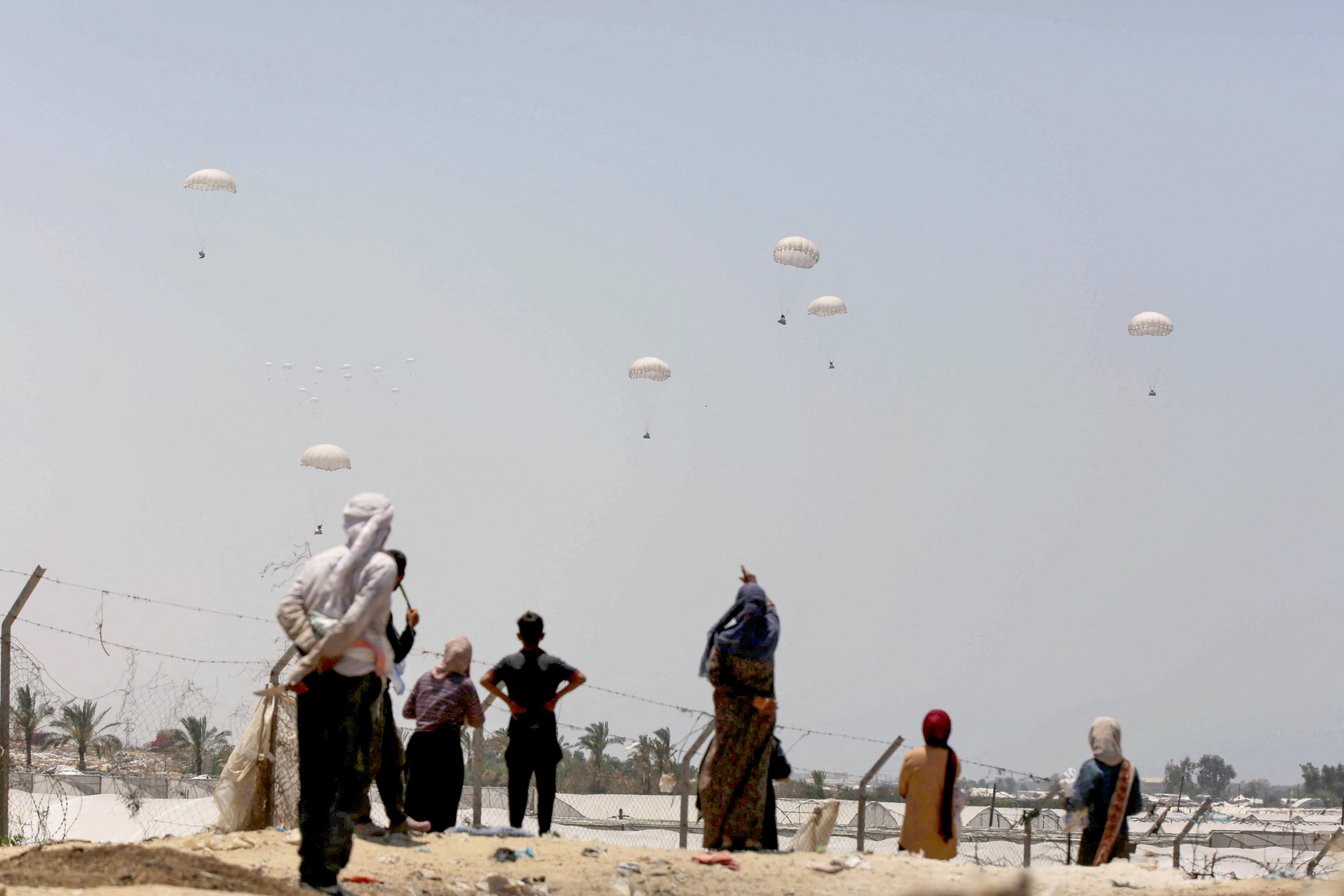
More
Humanitarian law: bleak headlines, but not all bad news
At the invitation of the Federal Council, 63 countries took part in a diplomatic conference from April 1949 to adapt the regulations to the experiences of the Second World War. China, India and Russia took part alongside Western countries. Eighteen states signed the conventions at the end of the conference on August 12, including Switzerland, the US and Austria. Switzerland became the depositary state of the conventions. Today, all countries (196) have ratified the four conventions.
Development of the law
War was often the reason for the further development of international humanitarian law, says Palmieri. The first international agreements on prisoners of war were the Hague Conventions of 1899 and 1907, which were based on the experiences of the Franco-Prussian War of 1870, when Germany occupied parts of northern France.
But from the First World War onwards, the Hague Conventions, proved to be inadequate. They were based on the idea that wars would be short – the First World War lasted four years. And the Hague Conventions made no provision for the care of seriously injured or very ill prisoners of war. The ICRC president at the time, Gustave Ador, together with the Vatican, recommended that they be repatriated to their country of origin for humanitarian reasons with the help of third countries such as Switzerland. In 1915, Switzerland suggested the repatriation of German prisoners of war – and offered to assist with this.
Emphasise neutrality
Only slightly injured or sick prisoners were interned in neutral countries such as Switzerland, the Netherlands or Denmark until the end of the war. The aim was to prevent soldiers from fighting again after their recovery. Several thousand British, German, French and Belgian prisoners were interned in Switzerland. Those who had tuberculosis were accommodated in luxury hotels in Davos, which lacked tourists because of the war. Most prisoners, however, were housed in camps.
The same procedure also applied during the Second World War. At that time, Germans, British, Americans, French and Poles were interned in Switzerland. “Switzerland was able to show that it was neutral,” explains Palmieri. But it wasn’t always a positive story. In canton Lucerne, the Wauwilermoos camp in canton Lucerne became notorious, when its commander was accused of mistreating the prisoners of war.
The Geneva Convention “On the Treatment of Prisoners of War” was adopted in 1929 in response to the poor treatment of prisoners of war during the First World War. Ratifying states agreed that a soldier who is no longer fighting because he has been captured must be treated humanely.
Non-international wars
After the Second World War, a new type of conflict emerged: wars of decolonisation. One of the novelties of the Geneva Conventions of 1949 is that international humanitarian law also applies in such non-international wars and that non-state warring parties must also abide by it.

More
Inside Geneva Podcast: is international law dead?
The corresponding common Article 3 of all four Geneva Conventions of 1949 requires that persons not taking part in combat be treated humanely. In addition, the taking of hostages and arbitrary executions are prohibited.
A political issue
But in several cases, there were disputes about who exactly could be a prisoner of war. “It was more of a political issue than a legal one,” says Palmieri. This did not mean that the Geneva Conventions should not be respected.
In the case of the Algerian War of Independence (1954-1962), France did not refer to captured rebels as “Algerian fighters” because Algeria was still a French department at the time. But since Algerian fighters often wore a uniform and were under a command, they could be identified as members of an army. This was one of the reasons why the ICRC intervened to give them special status if they were captured, explains Palmieri.
But, once captured, what was their status? If France had called the captured Algerian fighters bandits or terrorists, they could have been sentenced to death as criminals under civilian criminal law if they killed a French soldier, Palmieri explains. However, with the status of combatant, killing an enemy is part of the war.
In the end, France labelled them “Pris les armes à la main” (PAM) (“Those seized with weapons in their hands”). This saved Paris from having to talk about a war. Officially, for Paris it was a security operation, a military operation linked to civil unrest. But, by allowing the ICRC to visit prison camps, France implicitly recognised the applicability of common Article 3 of the Geneva Conventions.
Illegal combatants?
The question of the status of prisoners also arose in the case of people who were held for an indefinite period without trial at Cuba’s US naval base in Guantanamo following the terrorist attacks of September 11, 2001, and the subsequent US invasion of Afghanistan. The US government labelled them “unlawful combatants”.
From the ICRC’s point of view, however, every person in enemy hands must have a status under international law: they are either a prisoner of war and fall under the protection of the 3rd Convention, or a civilian and are protected by the 4th Convention. International humanitarian law does not recognise terms such as rebel, bandit or terrorist, Palmieri emphasises. The ICRC was able to visit the prisoners in Guantanamo, but also demanded that they either be charged or released.
In a recent case, Amnesty International called on Israel in July to end the indefinite incommunicado detention of Palestinians from the occupied Gaza Strip. The NGO argues that detention without charge or trial under the “unlawful combatants” law violates international law and states that lawyers and the ICRC must also be given access to them.
Are the Geneva Conventions still relevant today? As long as people are suffering in wars, they are relevant, says Palmieri.
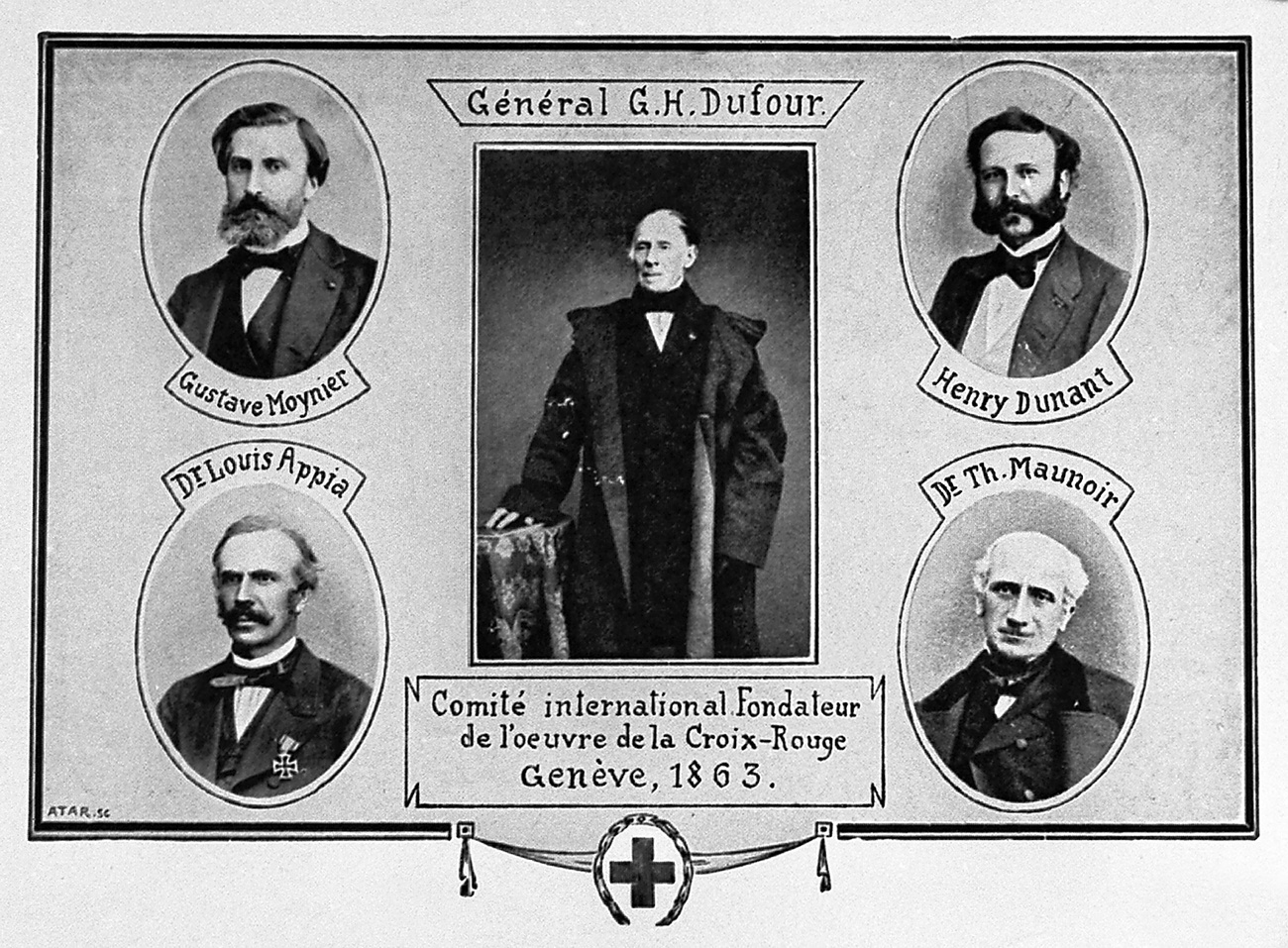
More
The Swiss who have left their mark on the history of humanitarian law

In compliance with the JTI standards
More: SWI swissinfo.ch certified by the Journalism Trust Initiative
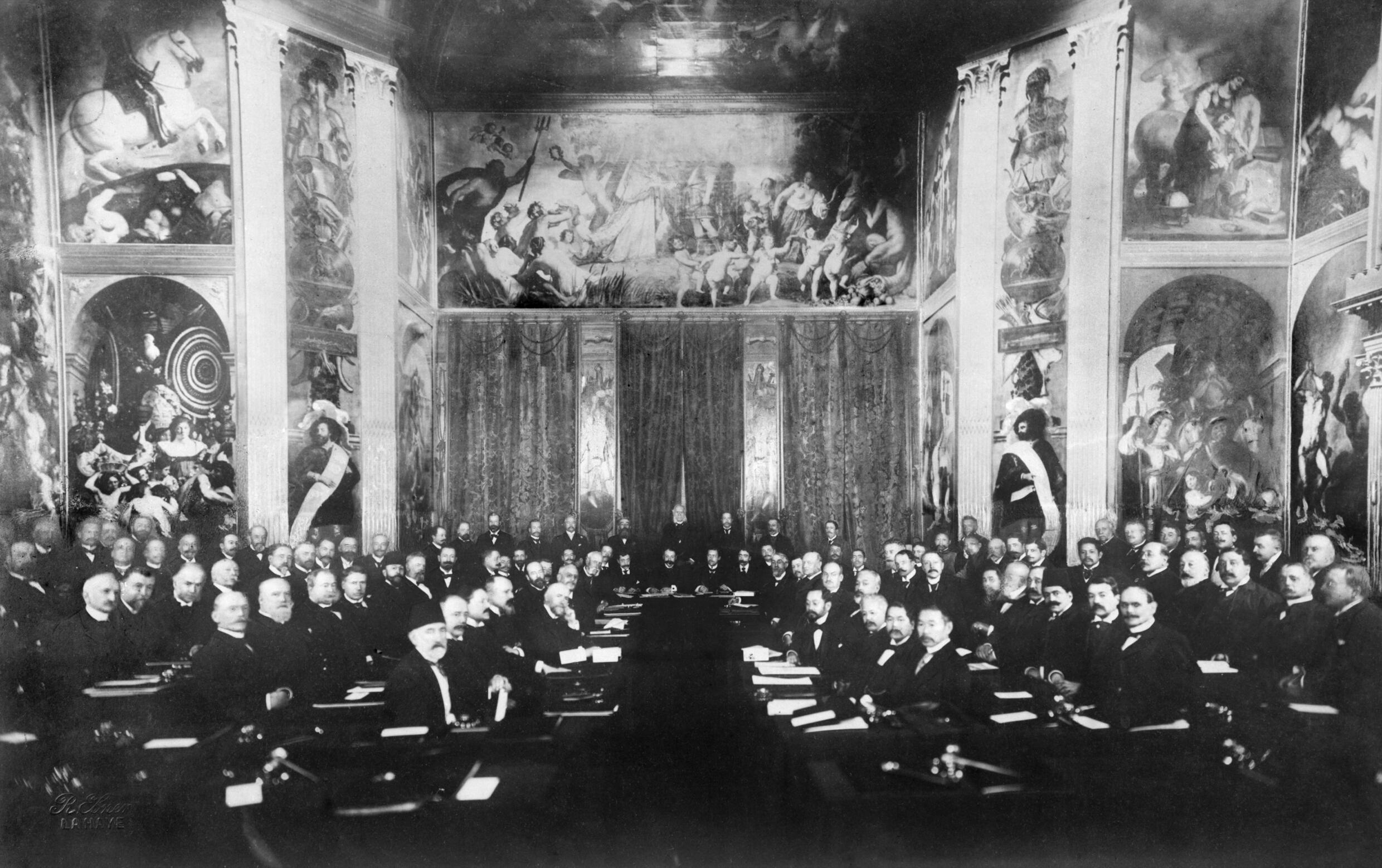
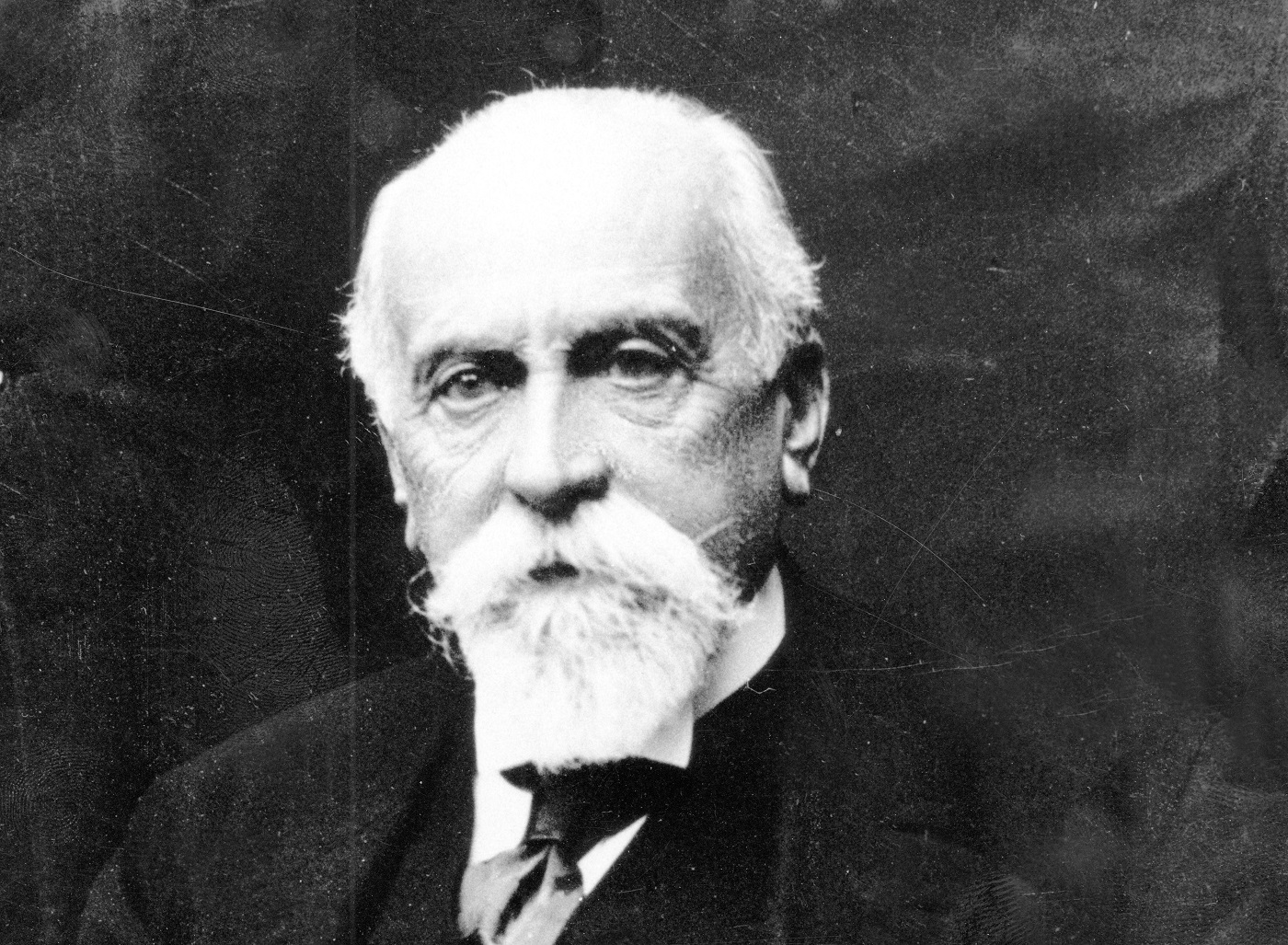
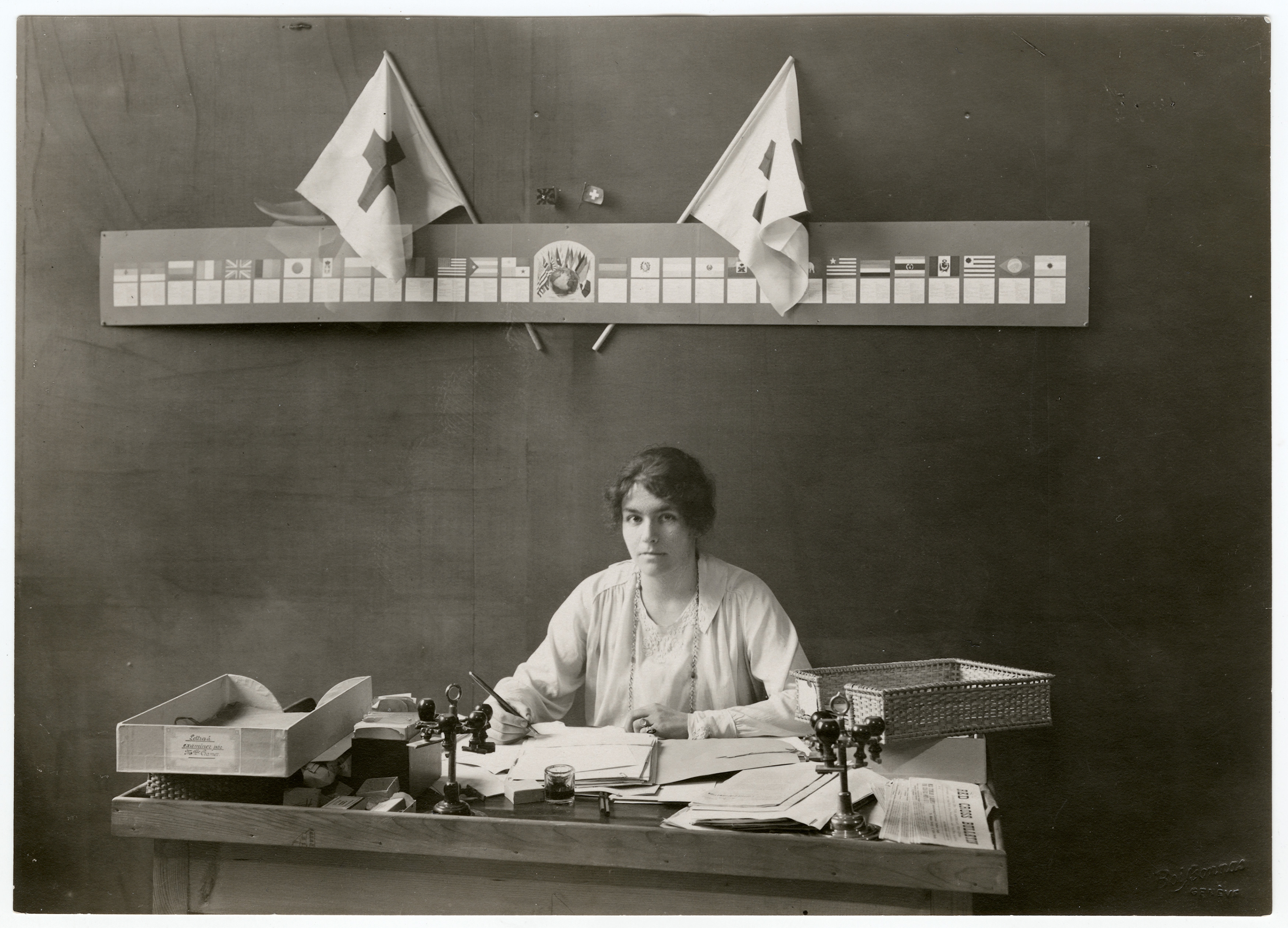
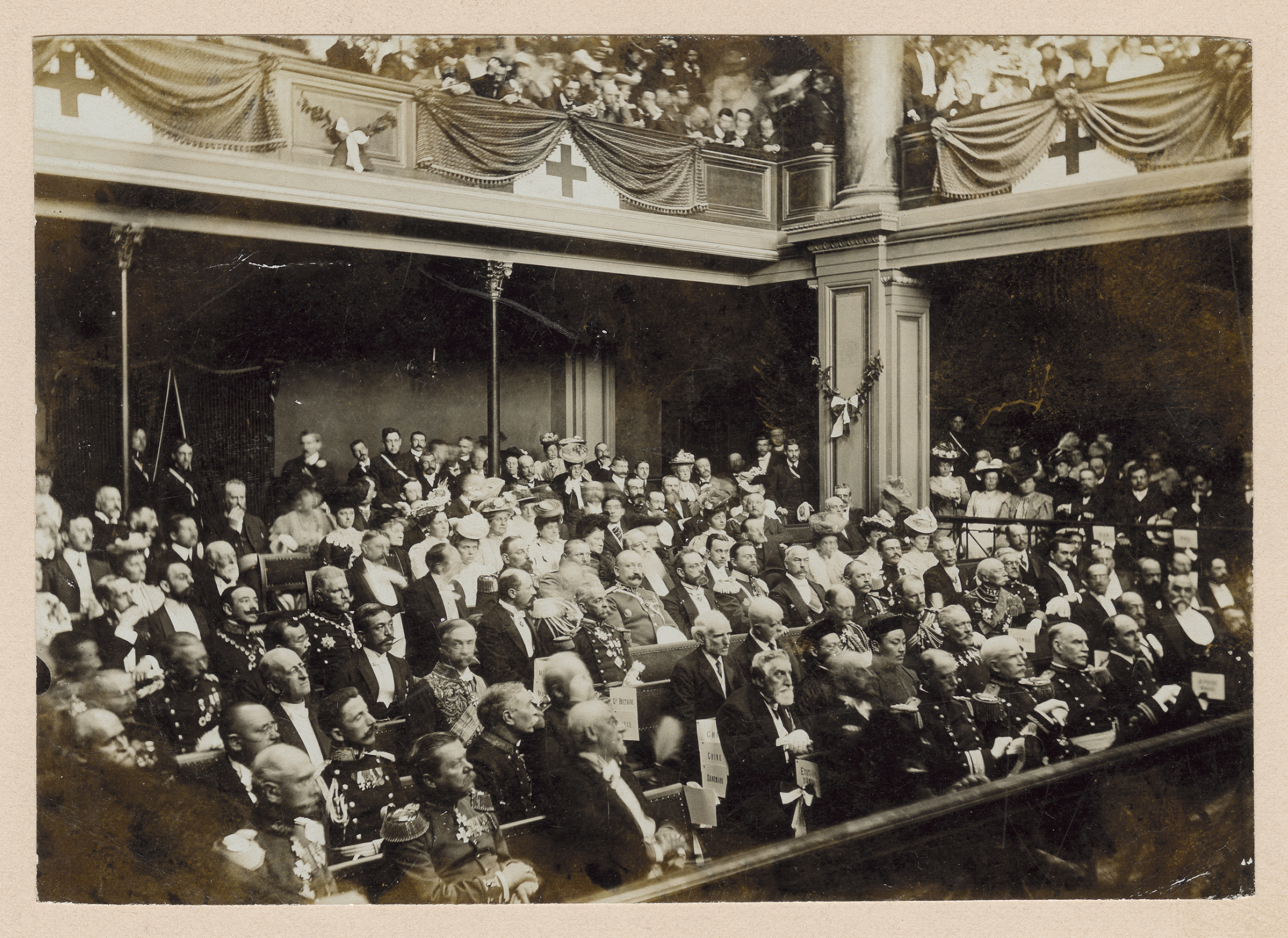
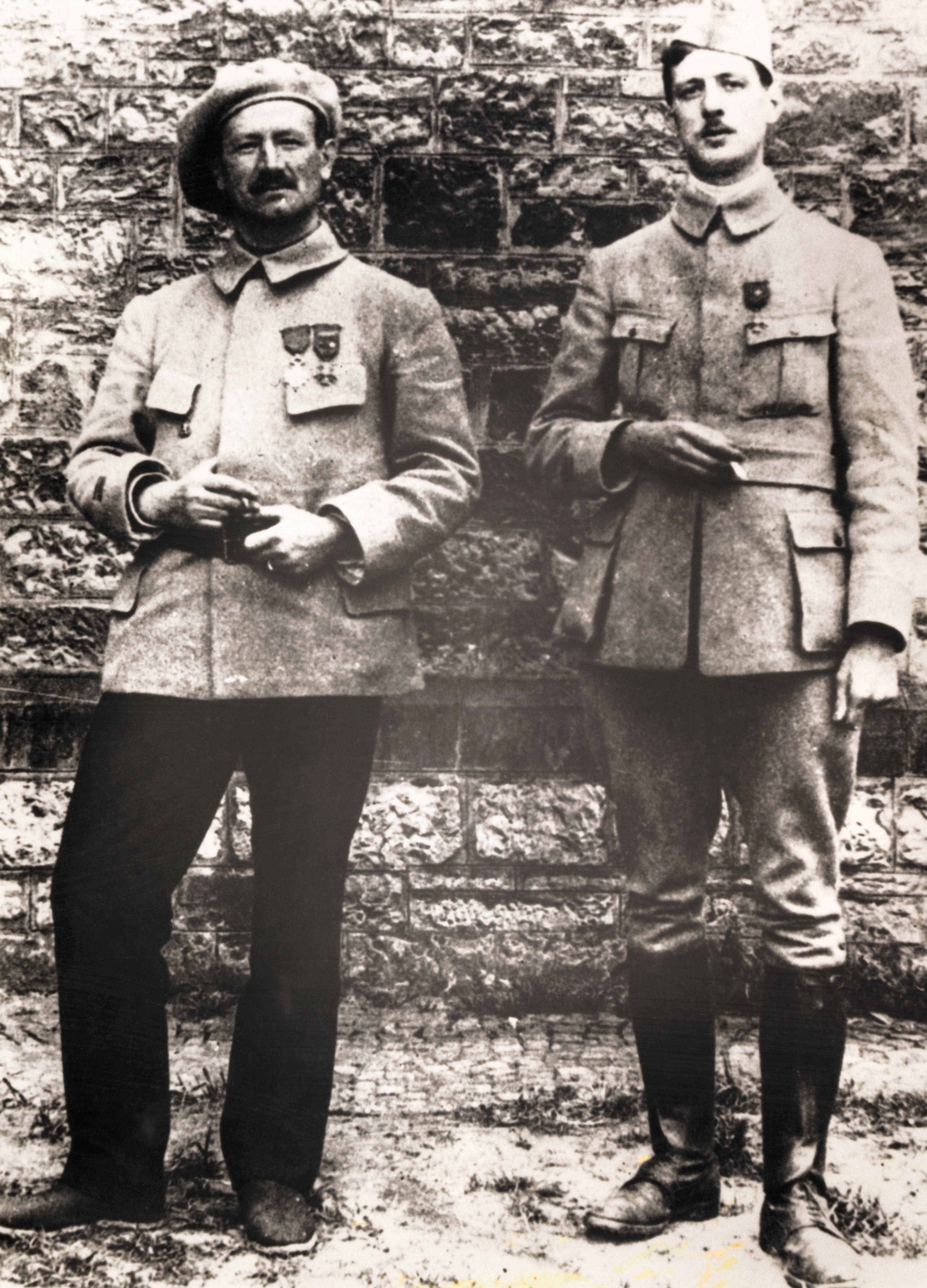
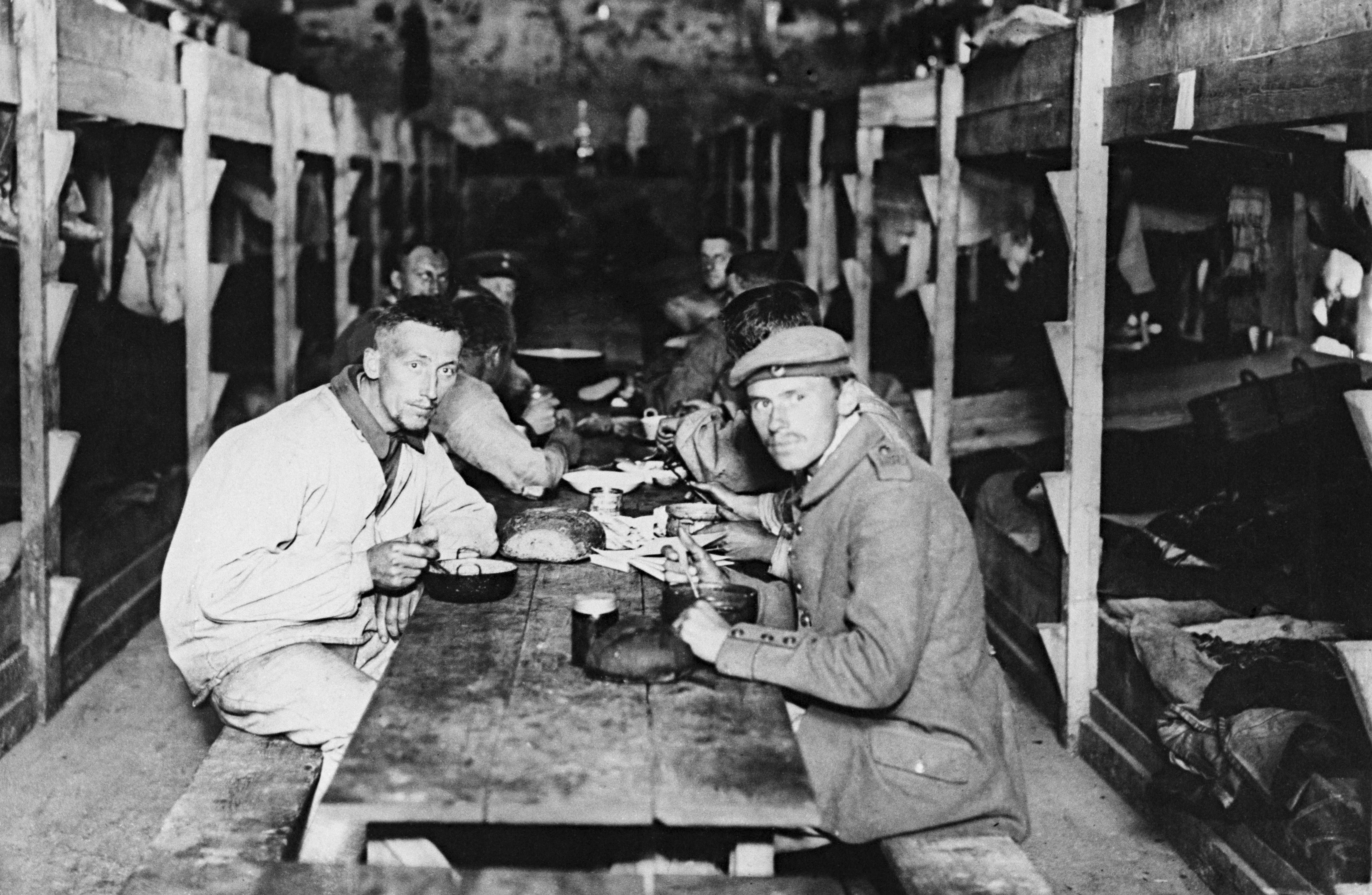
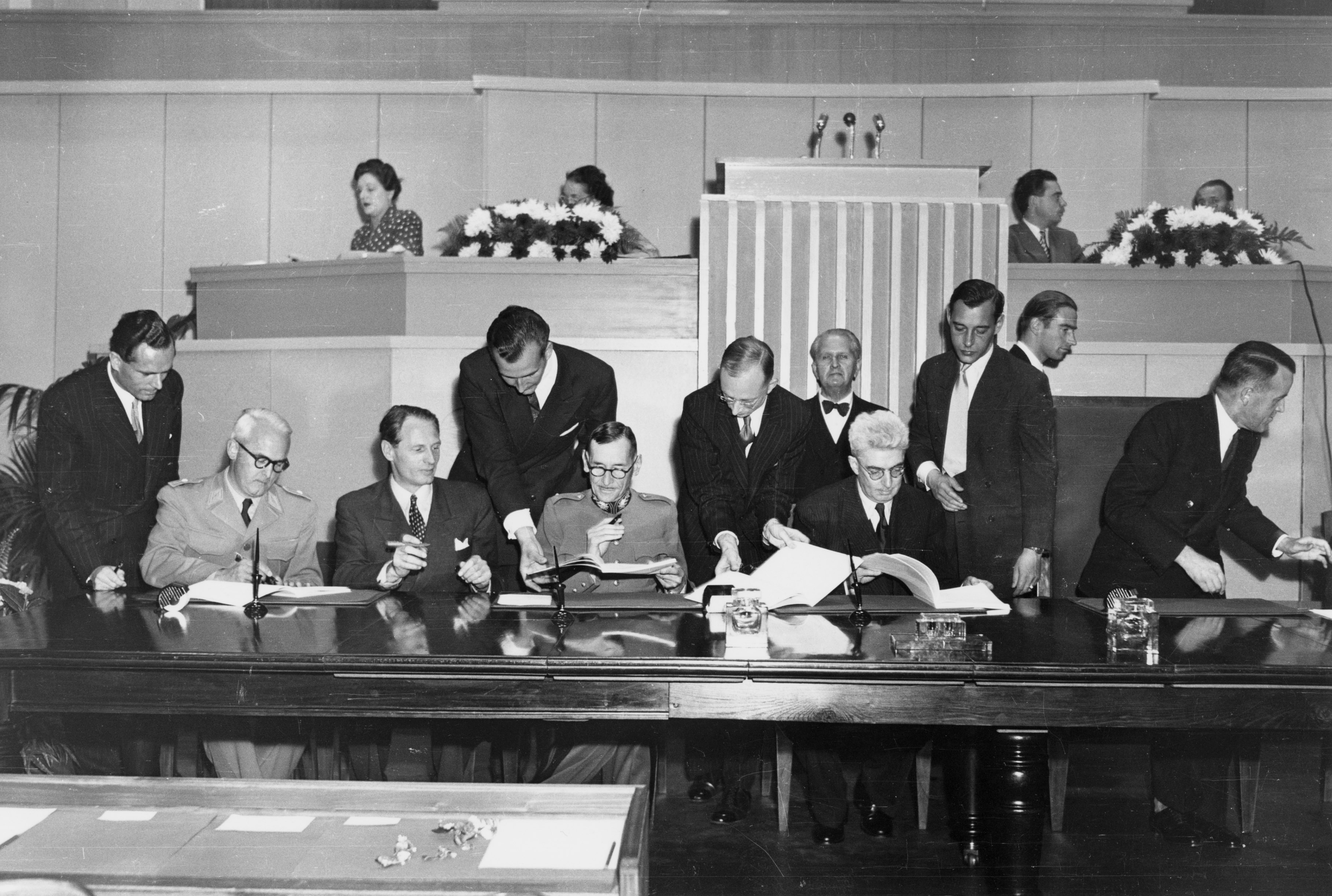
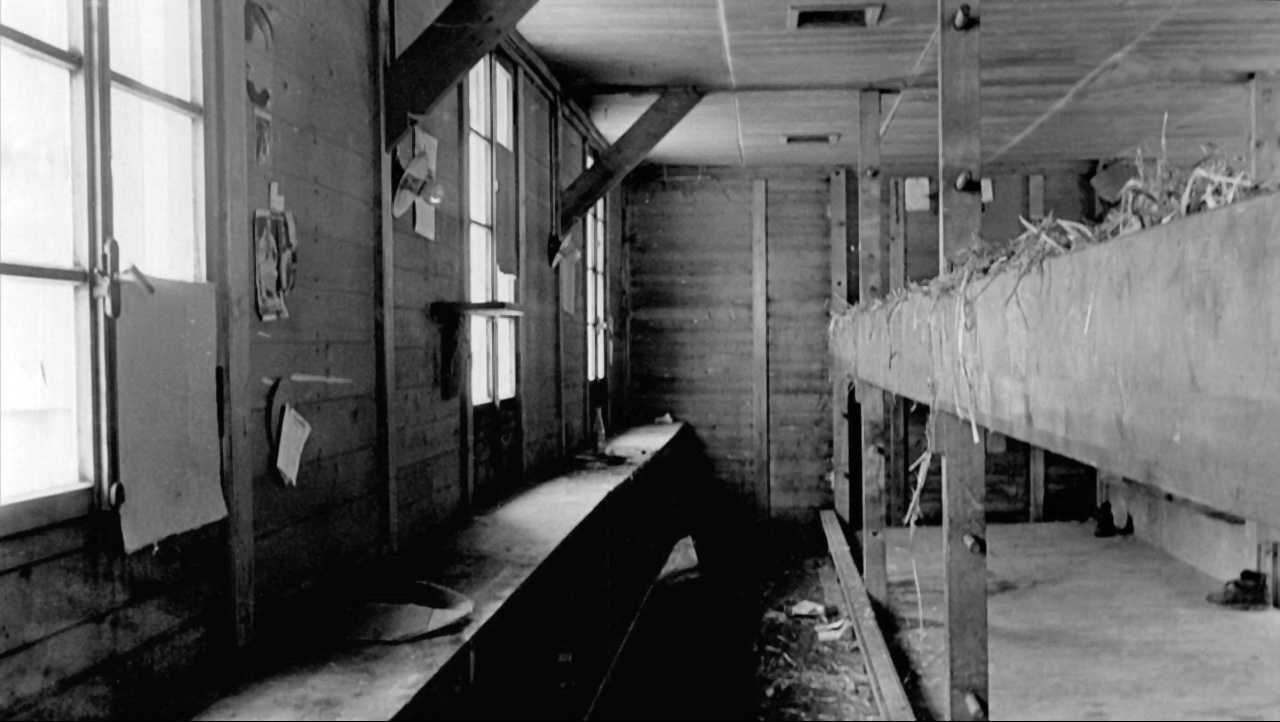
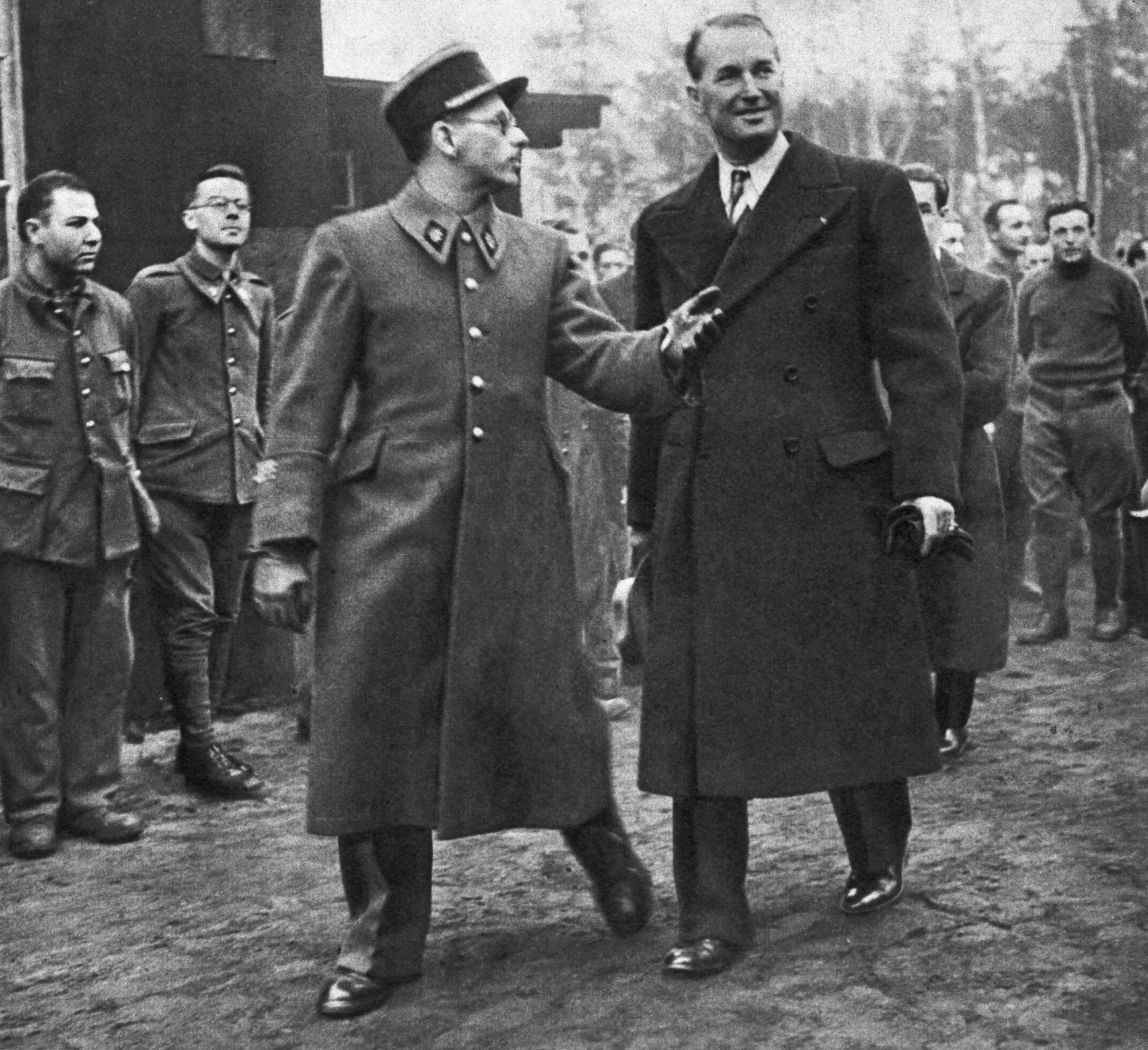
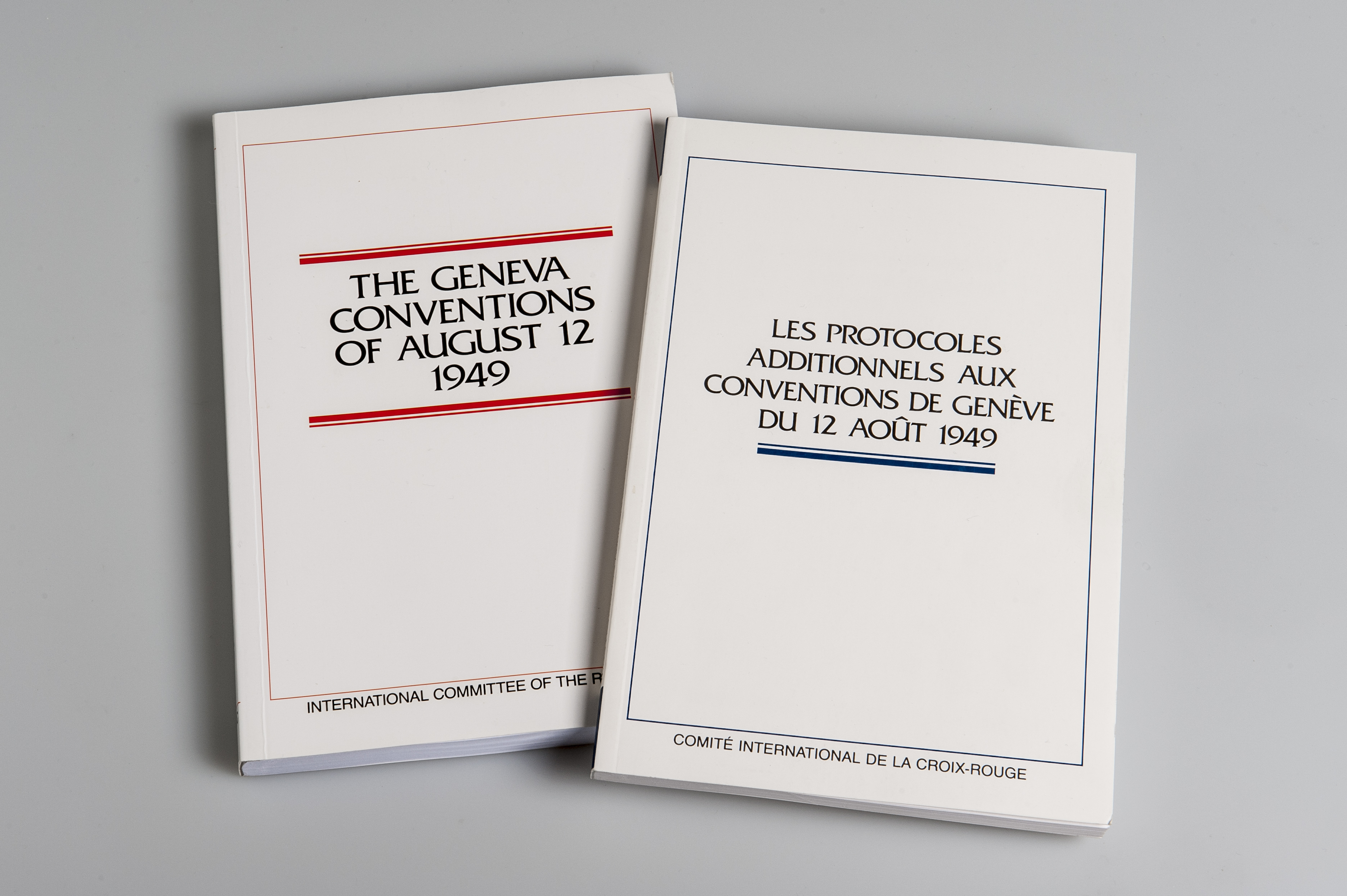
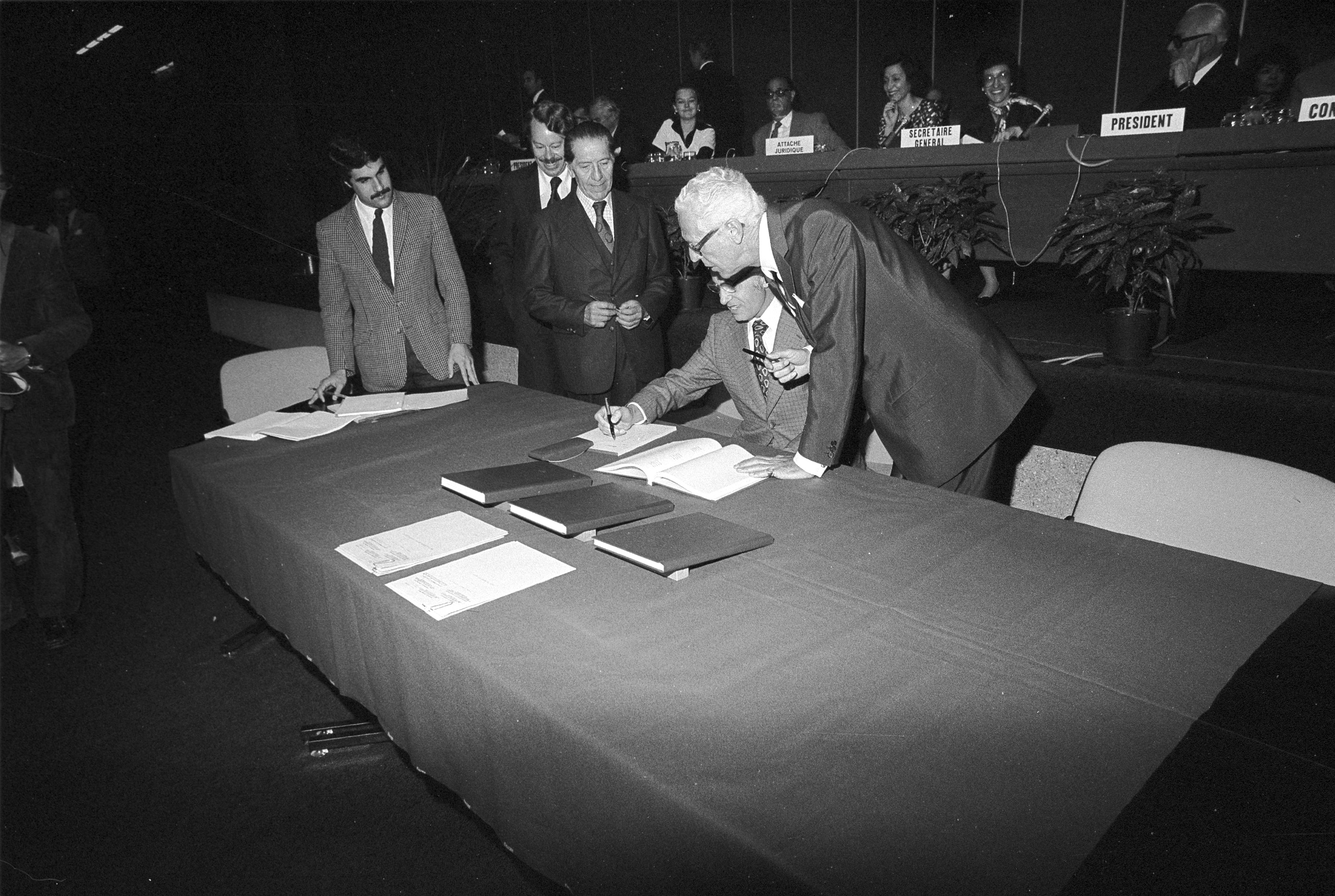
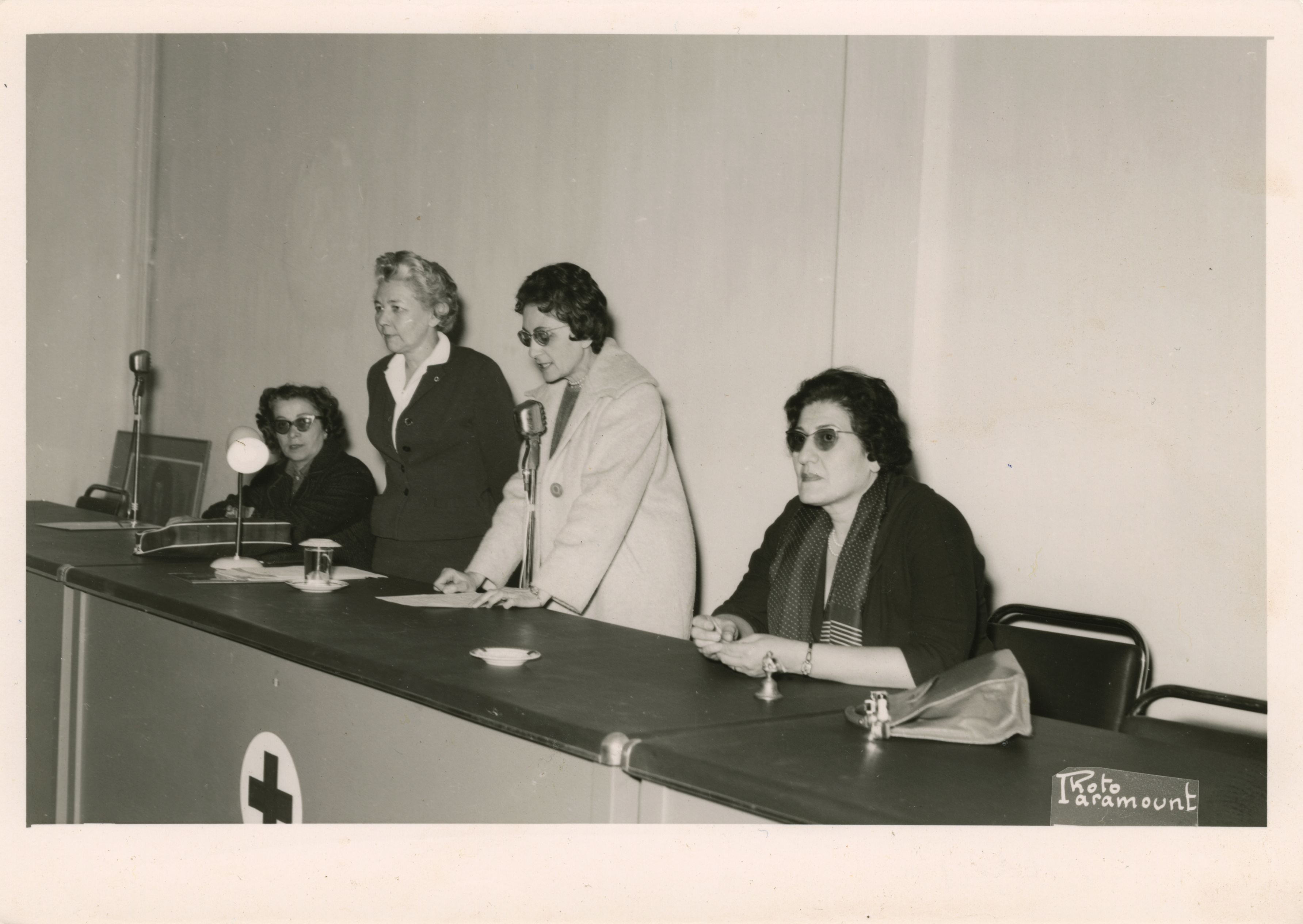
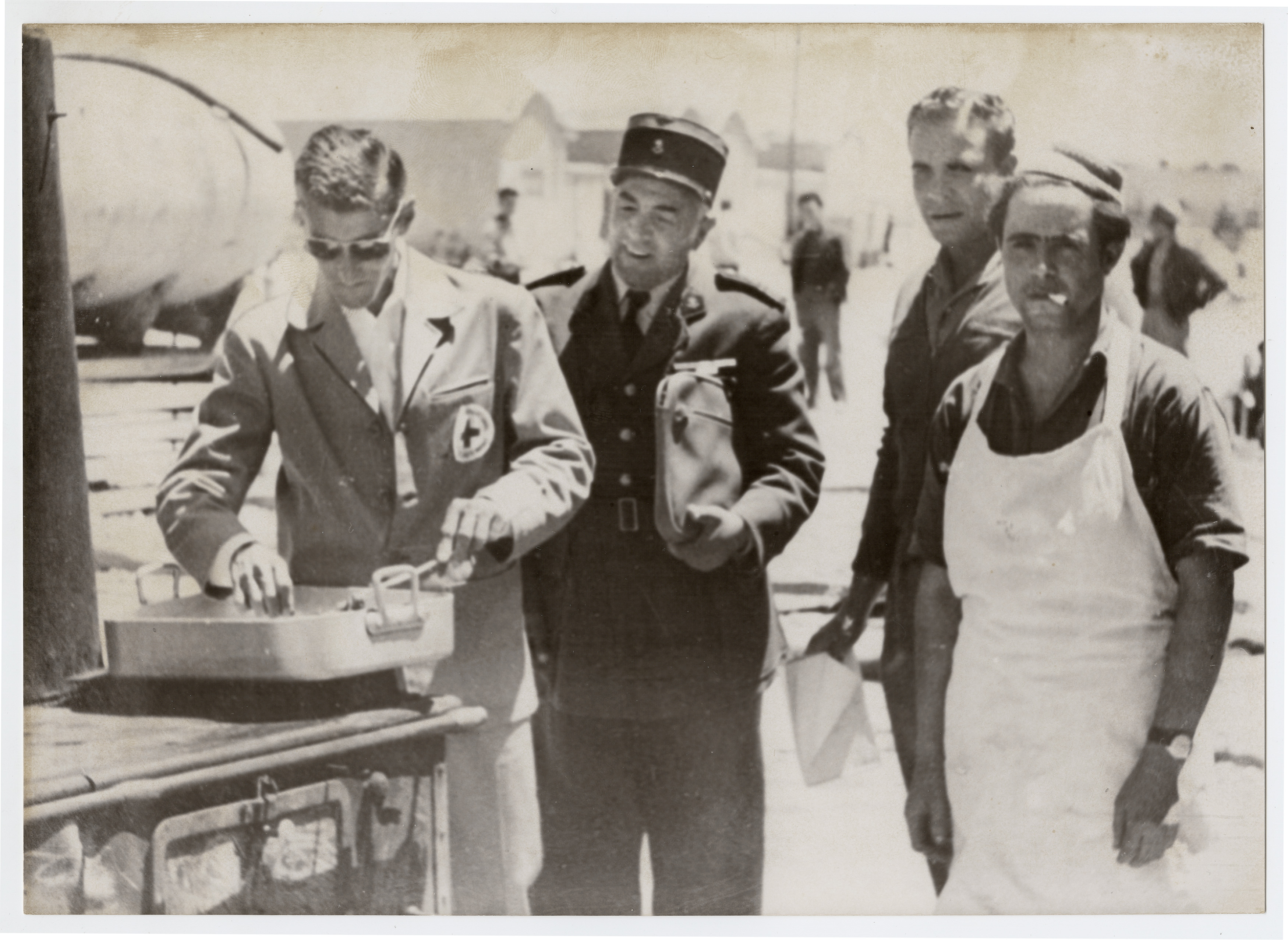
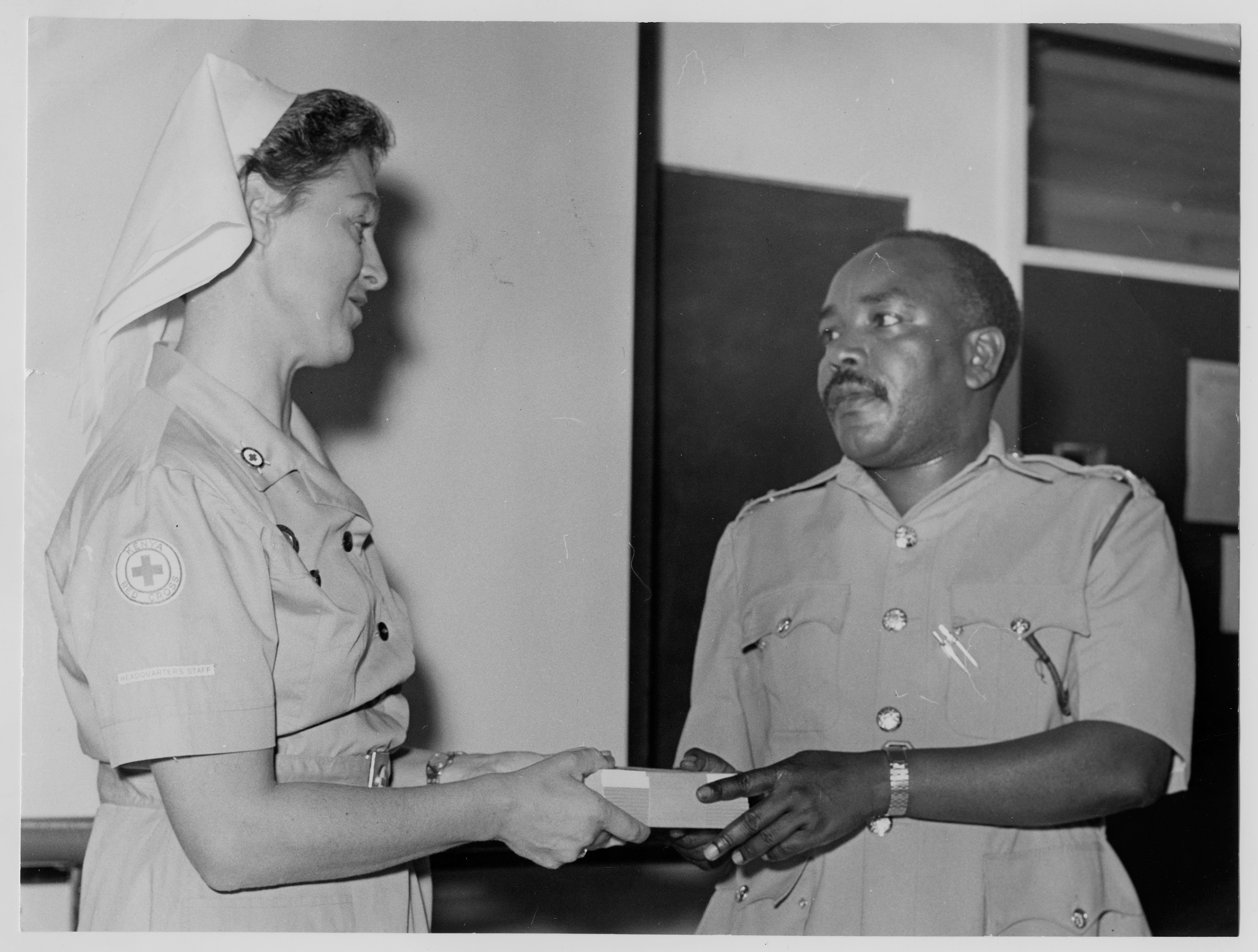
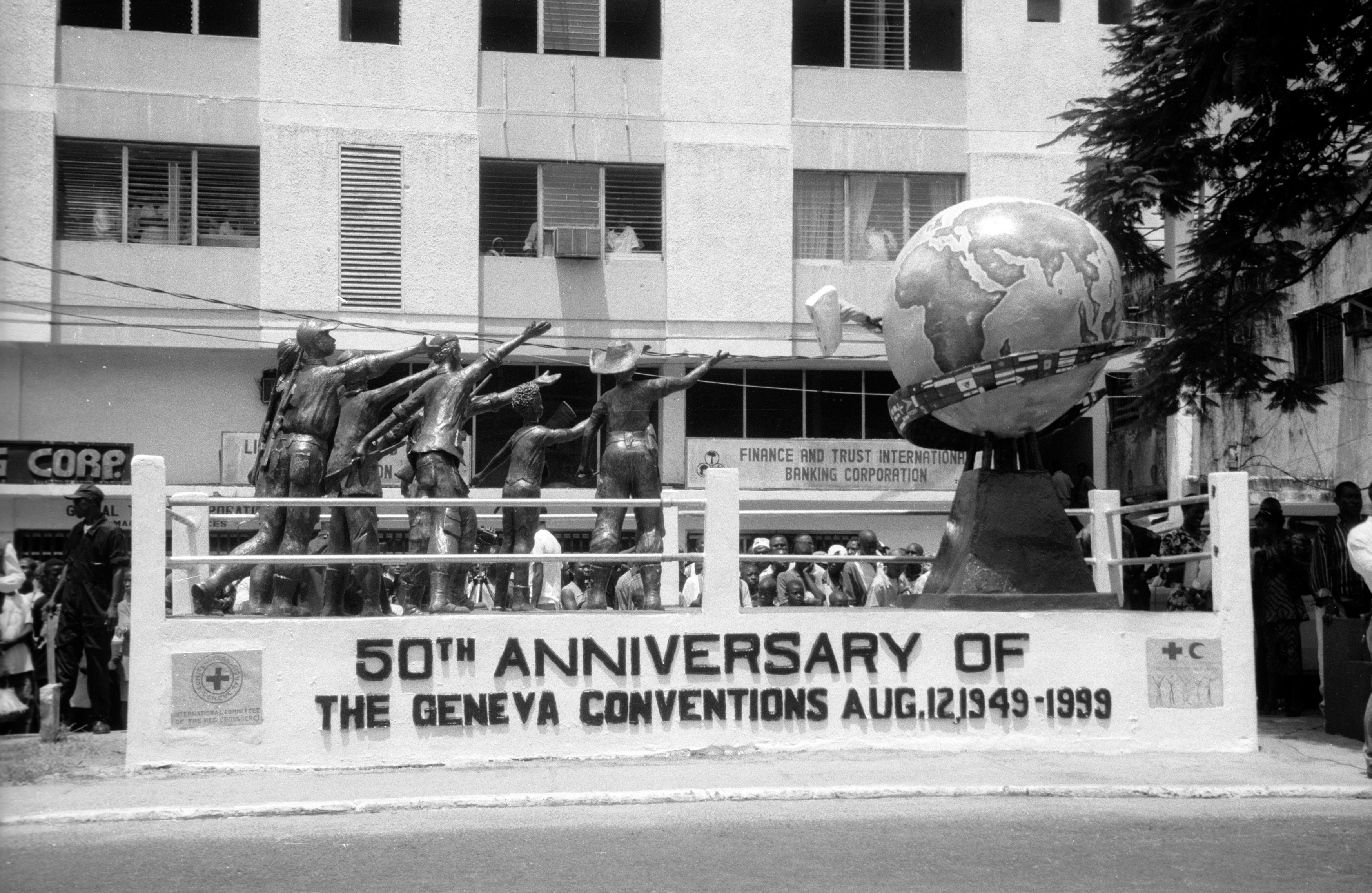
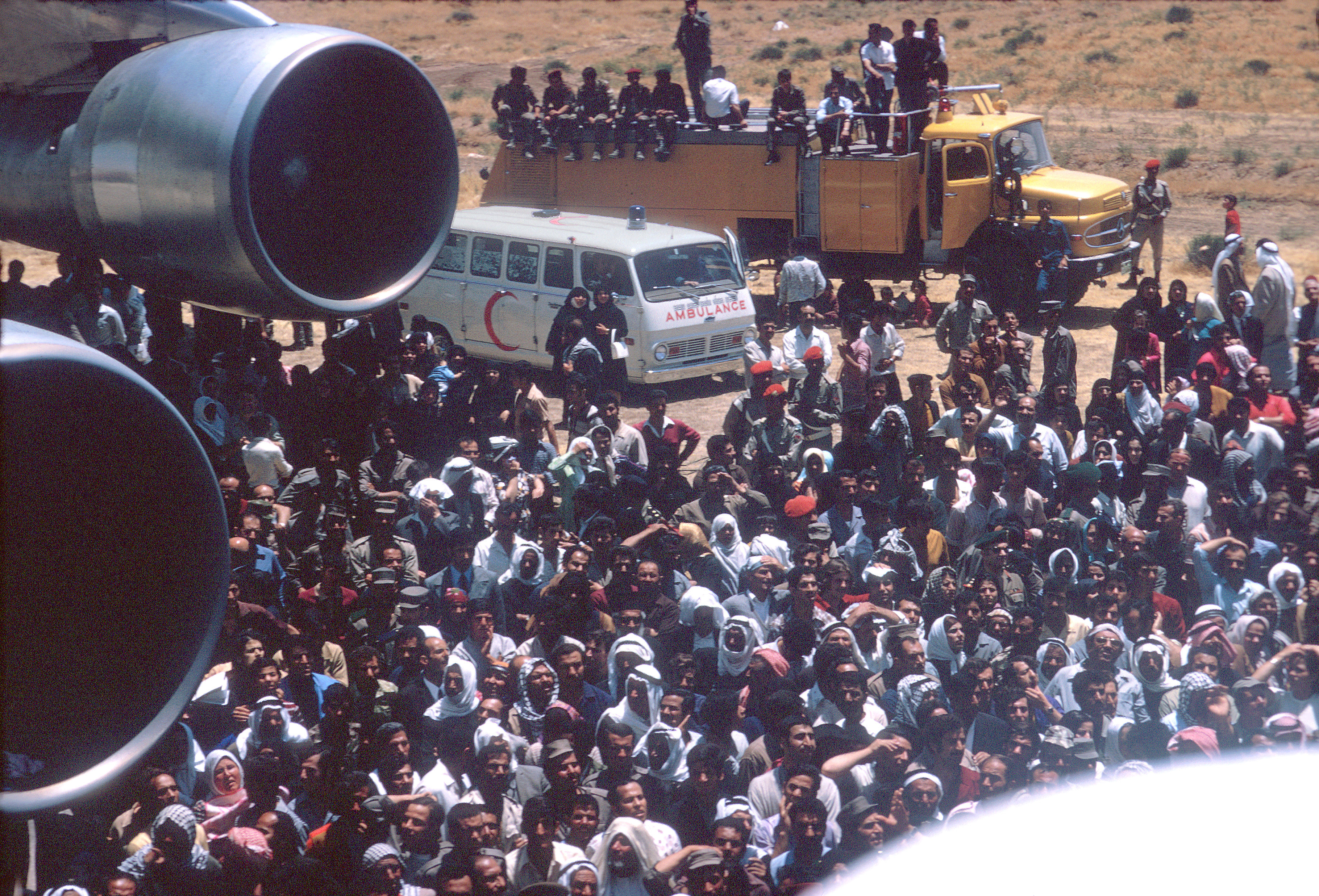
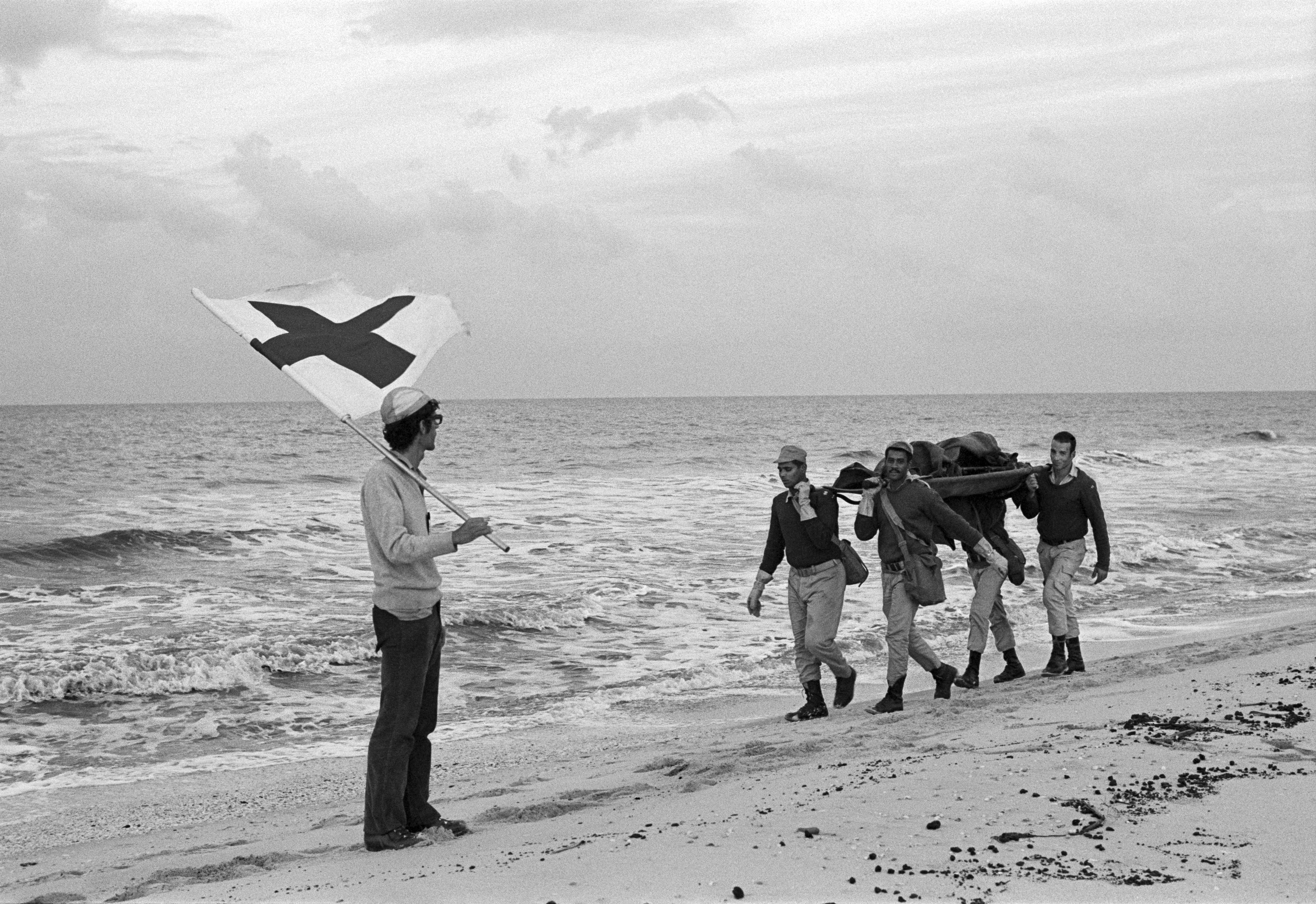
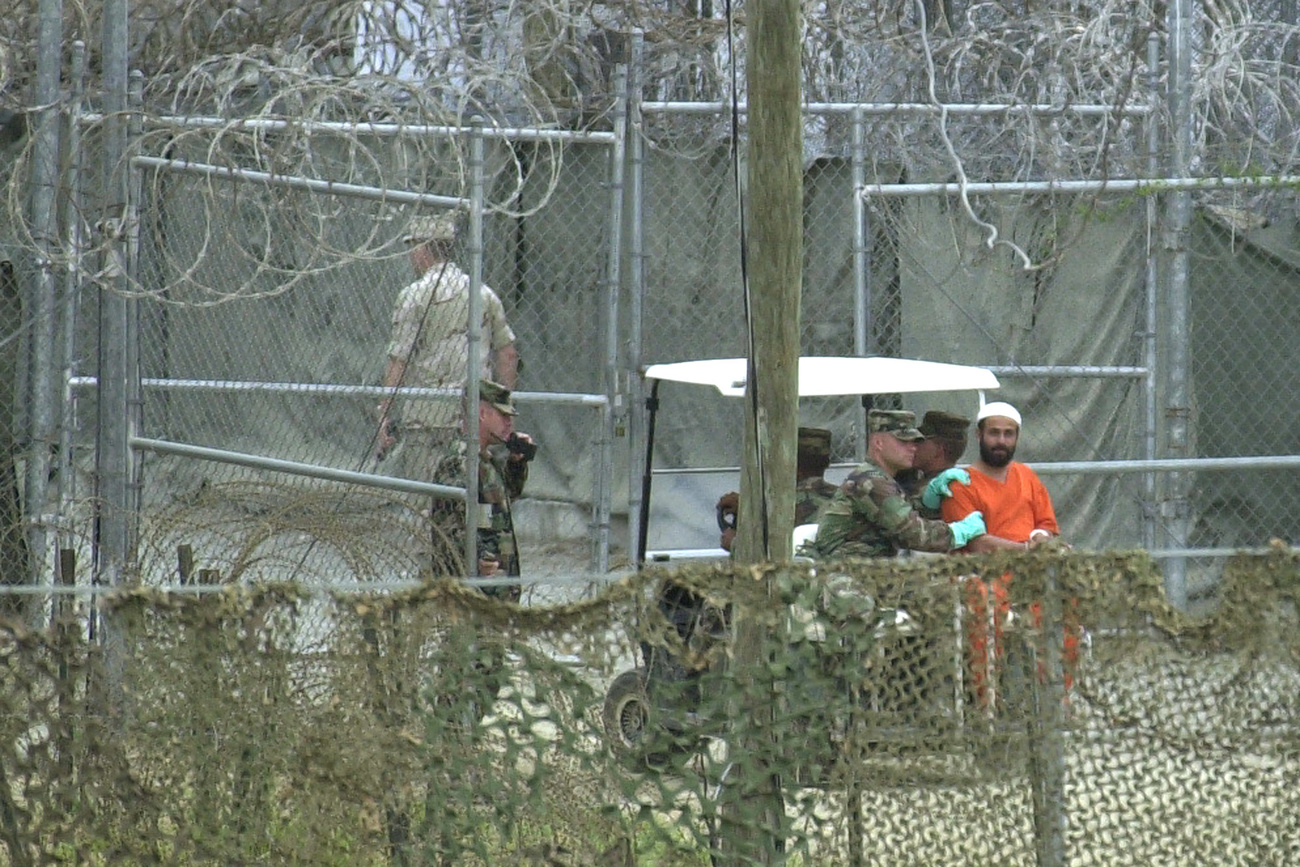

You can find an overview of ongoing debates with our journalists here . Please join us!
If you want to start a conversation about a topic raised in this article or want to report factual errors, email us at english@swissinfo.ch.